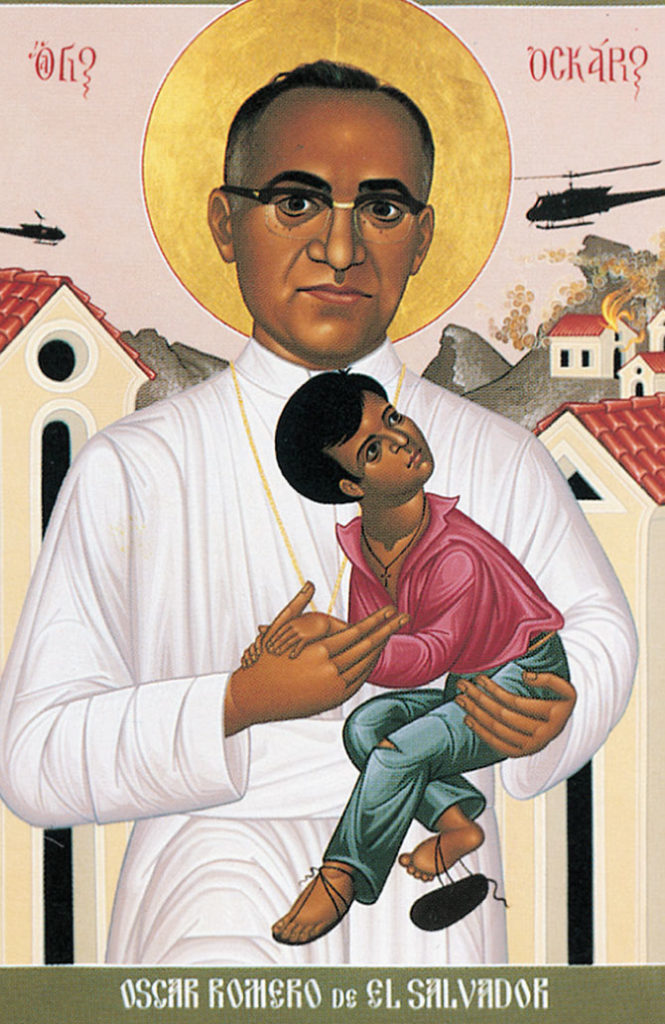
The grain of wheat metaphor in John’s gospel uses the transforming process we call growth to help us understand all Jesus’ death and resurrection promises us. In the growth process, warmth and moisture swell a seed poked down in the soil until the life secreted within it bursts its hull. Actually, the seed does not fall into the earth and die but rather germinates. It swells with more life than the seed can hold.
A new sprout pushes above ground into light at the same time roots spread out underground in search of nourishment. With rain and sun, a grain of wheat sprouts into a stalk, grows tall, heads out, and produces new grains of wheat a hundredfold.
The short life cycle of seeds dramatizes all that happens in the longer human life cycle. The planting that we do in loving our children, teaching our students, being faithful in our relationships often takes years to flourish and bear fruit.
- Who sowed the gospel in your life? Who sowed Jesus in your life?
- With what part of the life cycle of seeds do you identify
The gospel writer John deliberately places the grain of wheat metaphor between two events — Jesus’ raising of Lazarus (John 11) and Jesus’ washing his disciples’ feet at the last supper (John 13). The whole of chapter 12, including the grain of wheat passage, makes a bridge between the first part of John’s gospel, in which Jesus works revealing signs, and the second part of the gospel, which tells of Jesus’ last supper, passion, death, and resurrection. The life cycle of a grain of wheat anticipates and promises that an abundant yield will germinate and grow out of Jesus’ death.
In John 12, Jesus’ hour comes. The hour coincides with the feast of Passover. Greek-speaking Jews have come to Jerusalem for the feast. When Philip tells Jesus these pilgrims want to see him, Jesus recognizes that he cannot remain anonymous in the festival crowd. His hour has come.
For John, the hour of Jesus’ death is the moment when God will glorify Jesus’ name. A dynamic process begins, a passing over, a planting that will bear fruit a hundredfold. In being lifted up — first on the cross and ultimately from the tomb — Jesus will draw all people to himself.
At the heart of Christian faith is Jesus’ life-giving resurrection from his self-giving death. In death Jesus entrusts his life to God, the same life-giving Creator that hides the promise of new life in seeds. Jesus’ imminent death will no more be an end than Lazarus’s death was or than the planting of a seed is.
- How do you imagine your own death? What promise does God hold for you?
- How are your self-giving relationships life-giving for you?
- When has lifting up people’s needs in prayer drawn you into helping

John’s gospel couples the grain of wheat metaphor with sayings about discipleship, about hating our lives in this world to keep them to life eternal. These sayings call us to plant ourselves in the Christian community and follow Jesus by serving others. “Where I am, there my servants must be,” Jesus says.
What happens at the last supper in John’s gospel differs from what happens in the other three gospels. In John, Jesus does not take bread and wine, bless them, and give them to his friends as a sign of his life broken and poured out for them.
At the last supper in John, Jesus does the work of a household slave when he washes his disciples’ feet. Jesus does this as a teacher to give his followers an example of how to treat one another. Serving others is the way to follow Jesus, to plant one’s self and bear fruit in the flourishing of a new community.
Today the Church recognizes Archbishop Oscar Romero as a martyr. He was shot on March 24, 1980, while celebrating Eucharist because he spoke out against violence in El Salvador. He hoped his words would bear fruit.
“I have often been threatened with death,” he said. “Nevertheless, as a Christian, I do not believe in death without resurrection. If they kill me, I shall arise in the Salvadoran people.
“Martyrdom is a grace of God that I do not believe I deserve. But if God accepts the sacrifice of my life, let my blood be a seed of freedom and the sign that hope will soon be reality.”
- How do you respond to Jesus’ example of footwashing at the last supper?
- What seeds of hope are you planting with your life?
